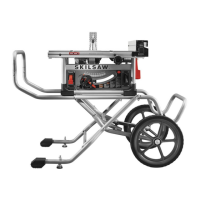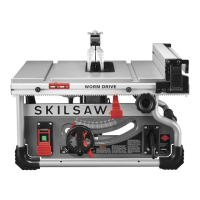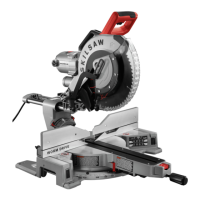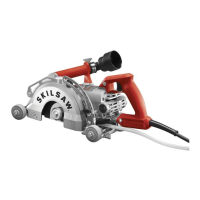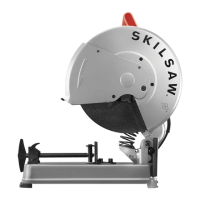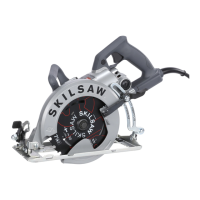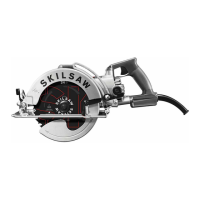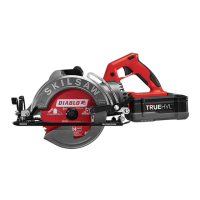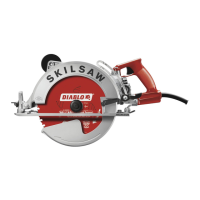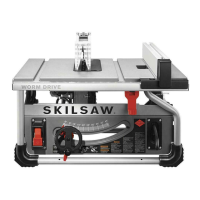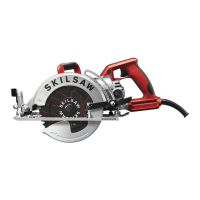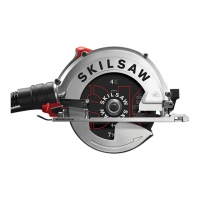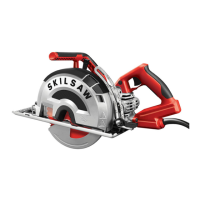Operating/Safety Instructions
Consignes d’utilisation/de sécurité
Instrucciones de funcionamiento y seguridad
1-877-SKIL999 (1-877-754-5999) www.skilsaw.com
Call Toll Free for Consumer Information & Service Locations
Pour obtenir des informations et les adresses de nos centres de service après-vente, appelez ce numéro gratuit
Llame gratis para obtener información para el consumidor y ubicaciones de servicio
SPT99
For English Version
See page 2
◆
Version française
Voir page 53
◆
Versión en español
Ver la página 117
